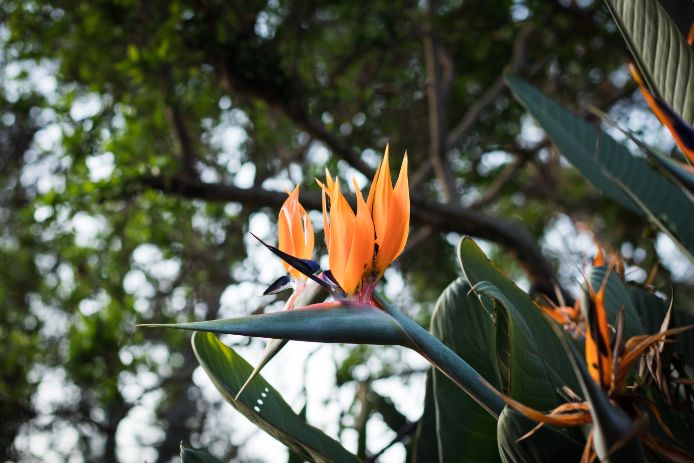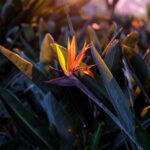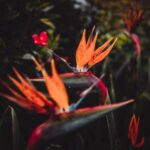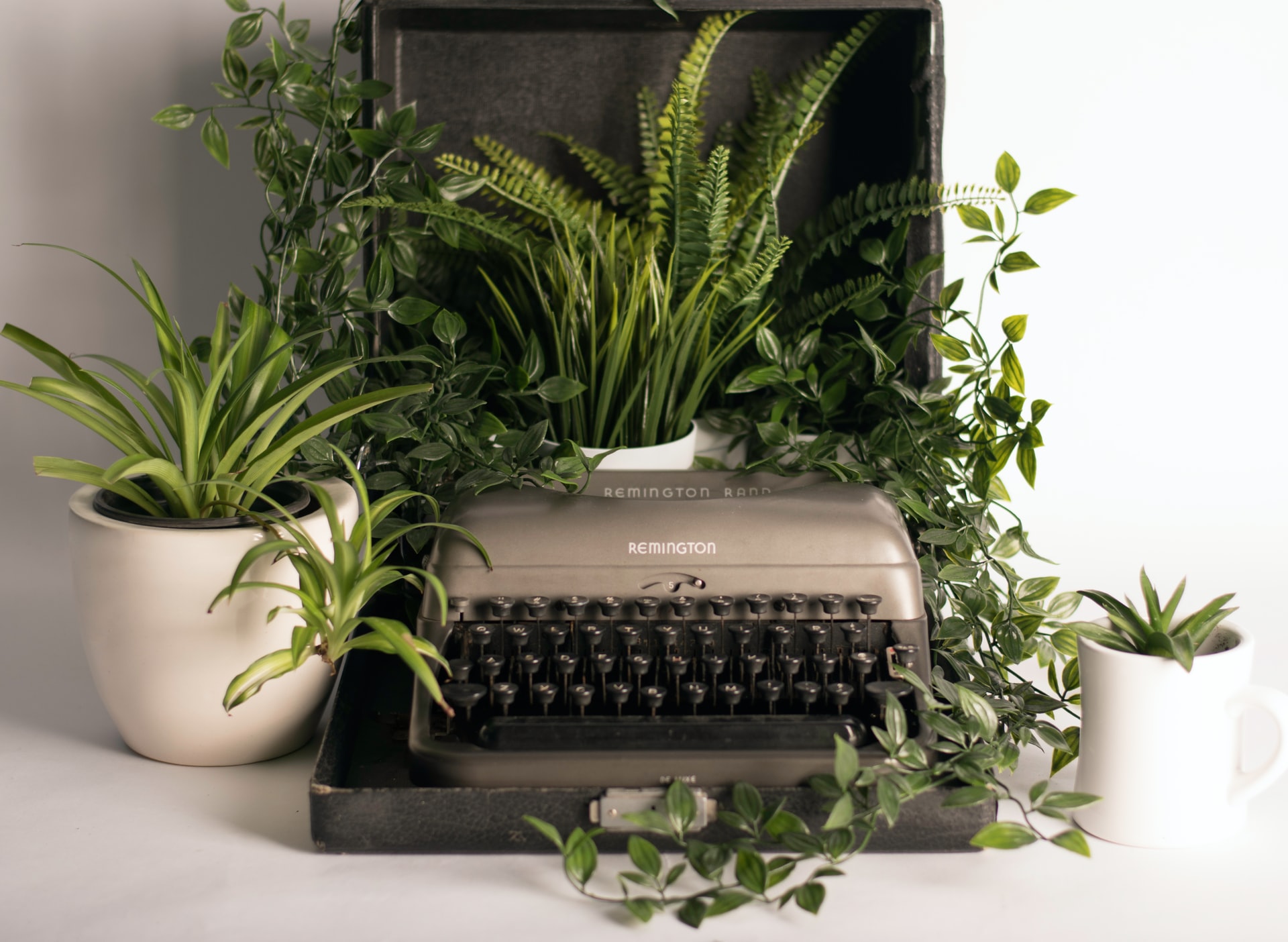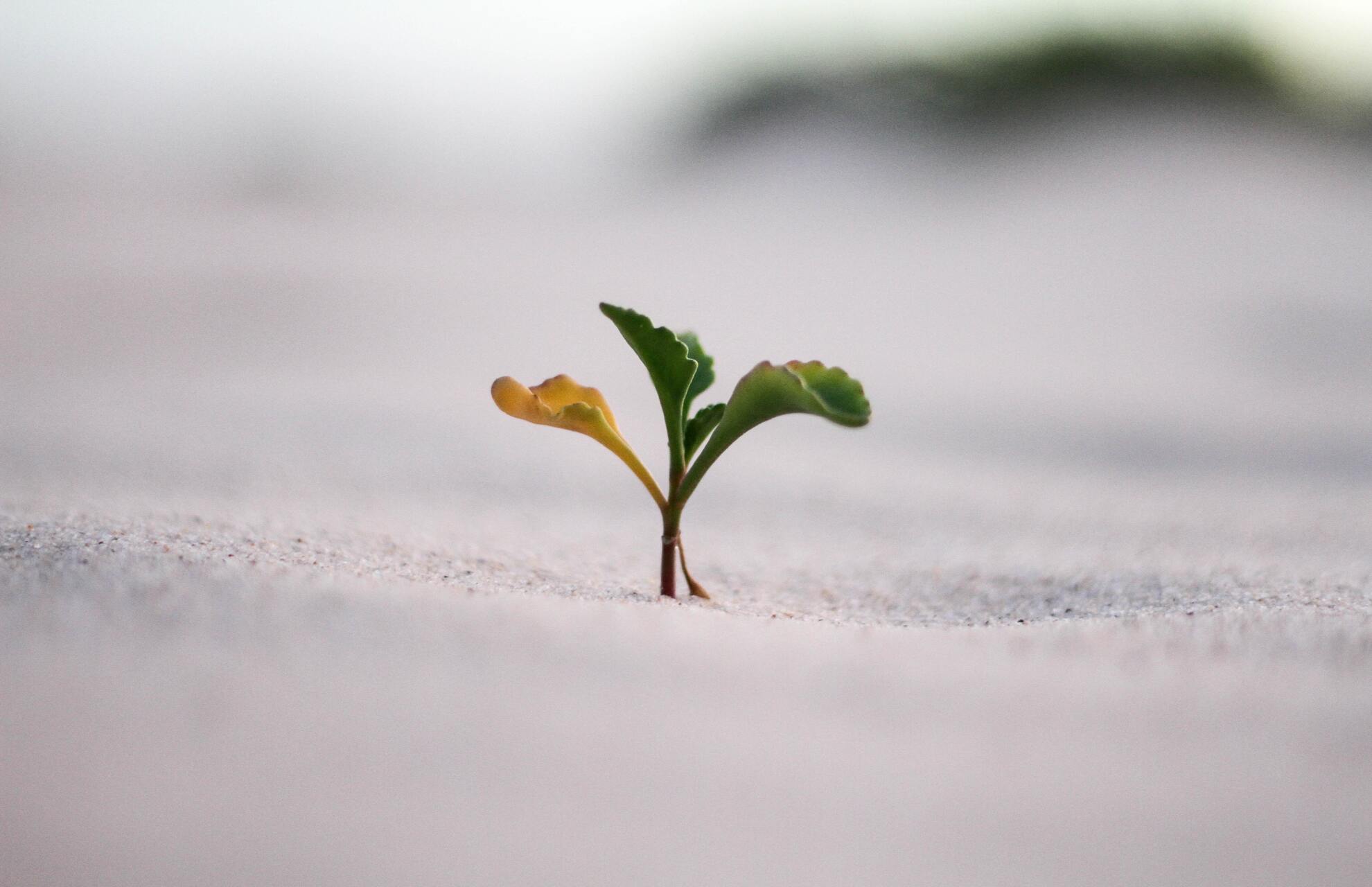Learn how your bird of paradise can grow more effectively by considering the effects of water, soil, fertilizer, light, and other elements.
The Bird of Paradise is regarded as the absolute monarch of indoor plants. With its glossy, banana-shaped leaves that fan out, this large, upright plant gives your space a rich, tropical feel. Although it is fairly hardy and can adapt to a wide range of lighting conditions, including direct sunlight and low, indirect light, it does best in full sun.
You may be interested in Bird Of Paradise Propagate: Cuttings & Seeds
How to Care for the Bird of Paradise?
According to the variety, the general care instructions for Strelitzia plants can slightly vary from those listed below.
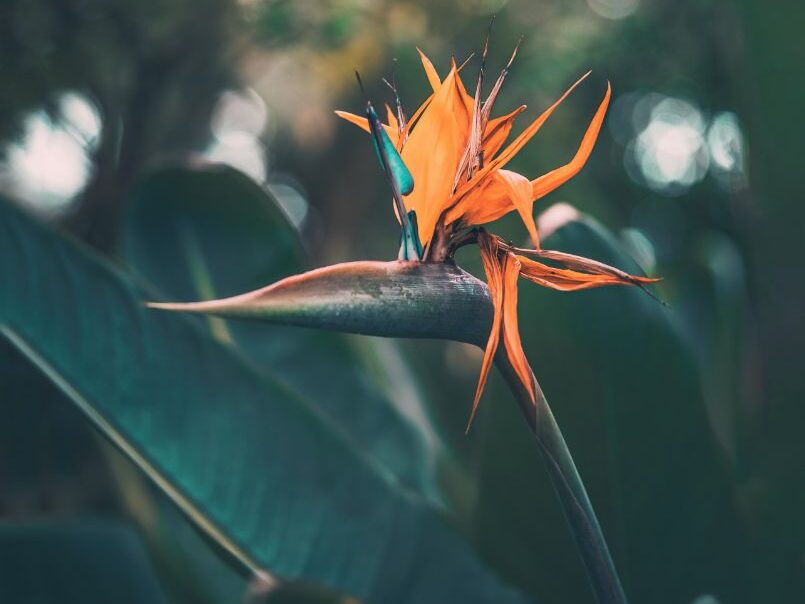
Light & Temperature
Being tropical plants, birds of paradise do best in a sunny location with bright lighting and can withstand extended periods of direct sunlight. Although the Bird of Paradise can tolerate a small amount of shade, it is always preferable to place them in bright light because they cannot survive for very long in the absence of enough sunlight.
Water
When the soil is 50% dry, water your Bird of Paradise. Pour water into the pot until it begins to drain through the drainage hole at the bottom, then drain any extra water into the saucer.
Humidity
Normal room humidity will do, but if at all possible, the Birds of Paradise would prefer humid conditions. To increase the humidity inside, think about adding a fine-mist mister or humidifier.
Soil and Repotting
Rich, well-draining soil with some moisture retention is preferred by birds of paradise.
Repot the plant once every two to three years to maintain controllable size, add new nutrients, and promote new growth. It’s time to repot the plant when roots start to show through the soil.
Propagation
The best way to propagate birds of paradise is by division. It is only advised to propagate from a plant that has a lot of extra space or has grown rootbound, as they prefer their roots to be tightly packed.
Fertilizer
Utilize a balanced fertilizer designed for indoor plants. Use our Down to Earth according to the instructions on the label. organic plant food.
Why Are the Leaves of My Bird of Paradise Splitting?
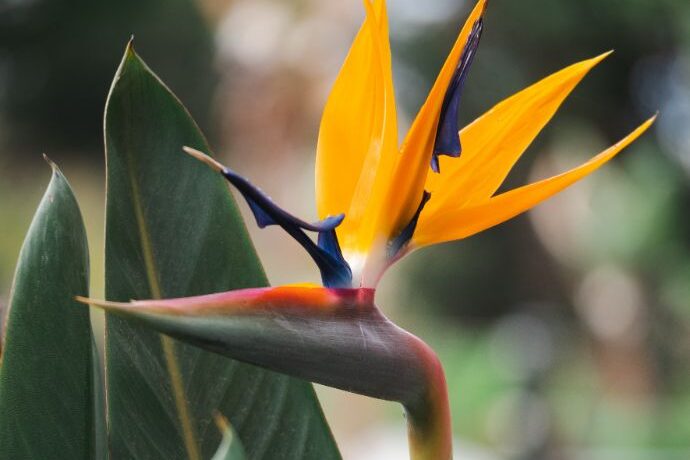
The Bird of Paradise splits its leaves naturally, which is completely normal. The plant’s splits, an evolutionary adaptation, allow wind to pass through the leaves, preventing the leaves from acting as huge sails.
As new leaves grow and the plant fills out, older leaves that have more splits over time can be pruned. Check that the plant is not near air vents or drafts, and that it is receiving enough light and water if you see that it is splitting up quickly.
Leaf splitting can be stopped and slowed down by increasing the humidity around your plant with a humidifier or frequent misting. You may be interested in Why Is Your Bird Of Paradise Leaves Curling?
Will My Bird of Paradise Flower?
In most cases, a Bird of Paradise plant won’t bloom inside. The conditions are ideal for them to flower only in their natural environment, which has high humidity and high light levels.
Because its leaves are much bigger and more impressive than those of the more common orange flowering variety, Greenery Unlimited only sells the white flowering giant Bird of Paradise variety.
How Can I Tell If My Bird of Paradise is Getting Enough Light?
In addition to some direct light, birds of paradise also enjoy a lot of bright indirect light. Extreme leaf splitting, drooping leaves, new leaves that won’t open, and browning of the leaves are a few signs that a plant is suffering from a lack of light.
The plant may also have trouble absorbing water through its roots, making it more susceptible to overwatering if it isn’t getting enough light.
How Often Should I Fertilize My Bird of Paradise?
In general, fertilizing indoor plants from spring through fall will ensure their success. Using an organic houseplant fertilizer, fertilize once a month while dilution and application guidelines are provided on the package.
Greenery Unlimited uses an organic potting mix with a slow-release fertilizer in the soil, so if you buy your plant from us, you won’t need to fertilize it for the first six months after you get it.

